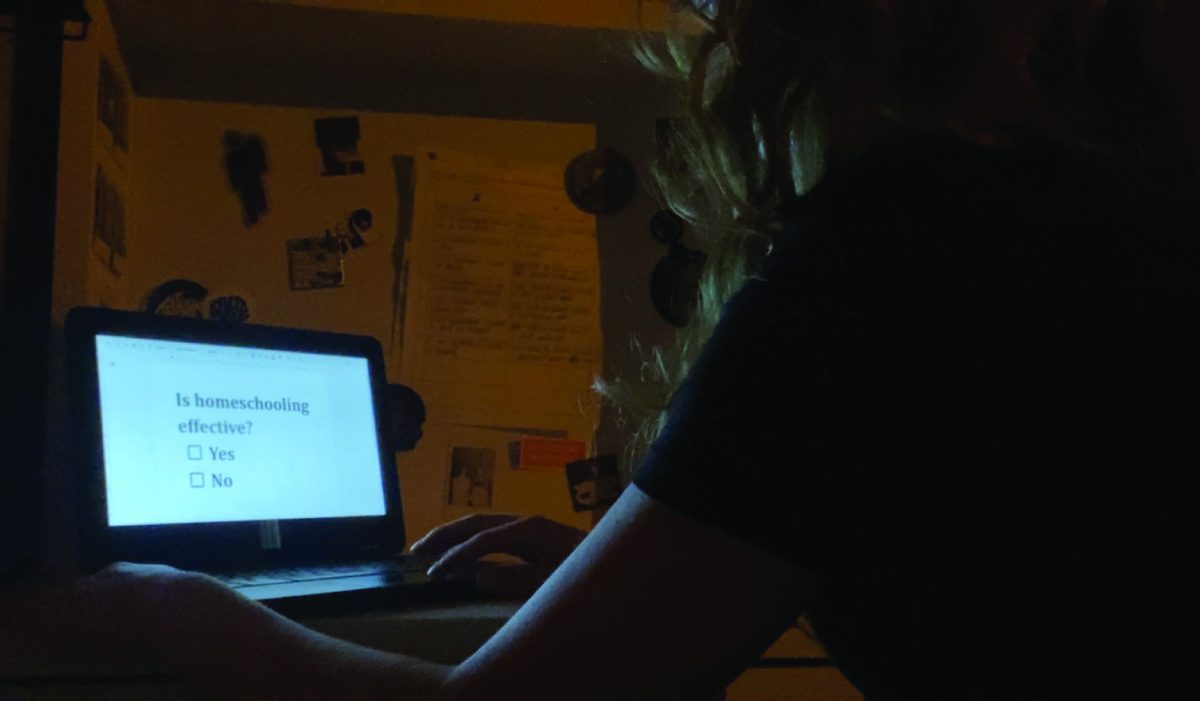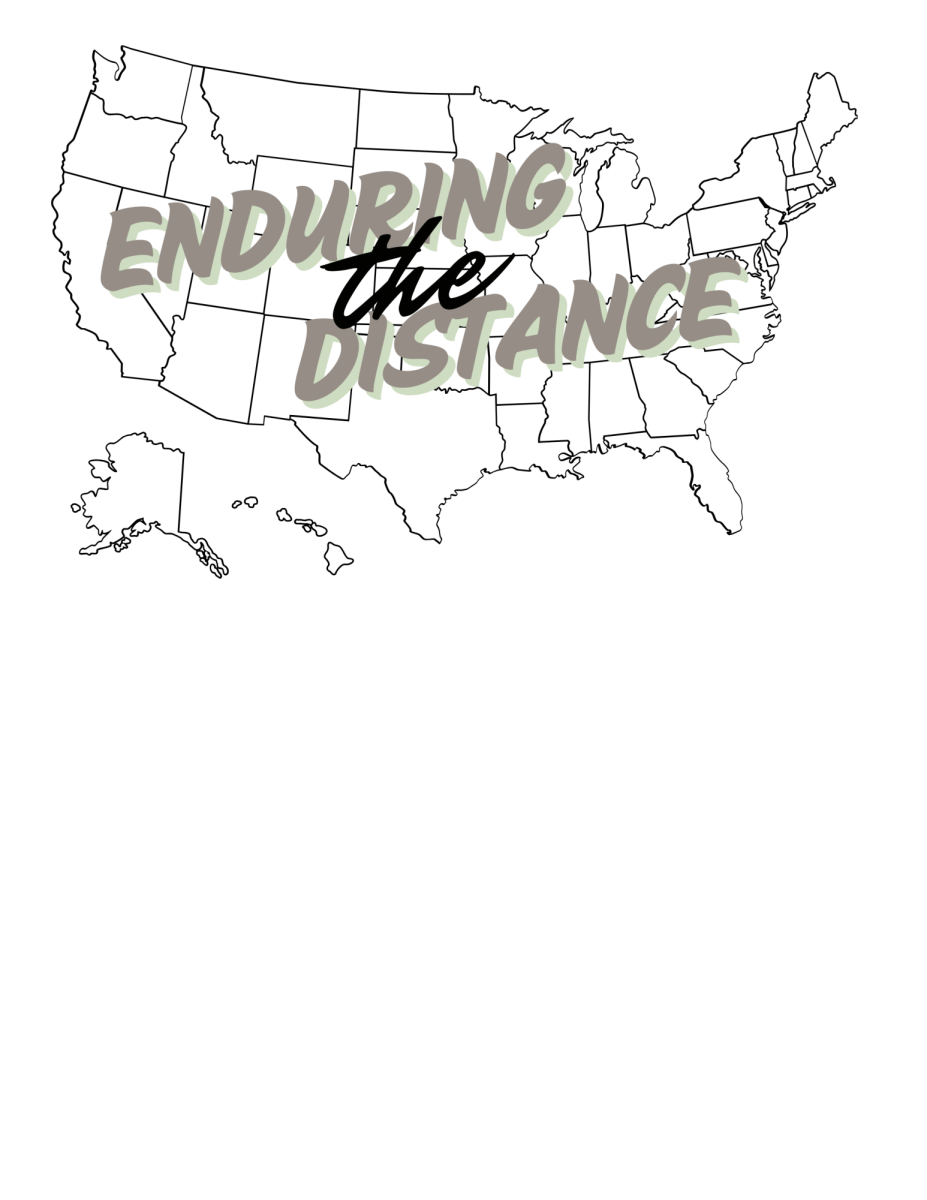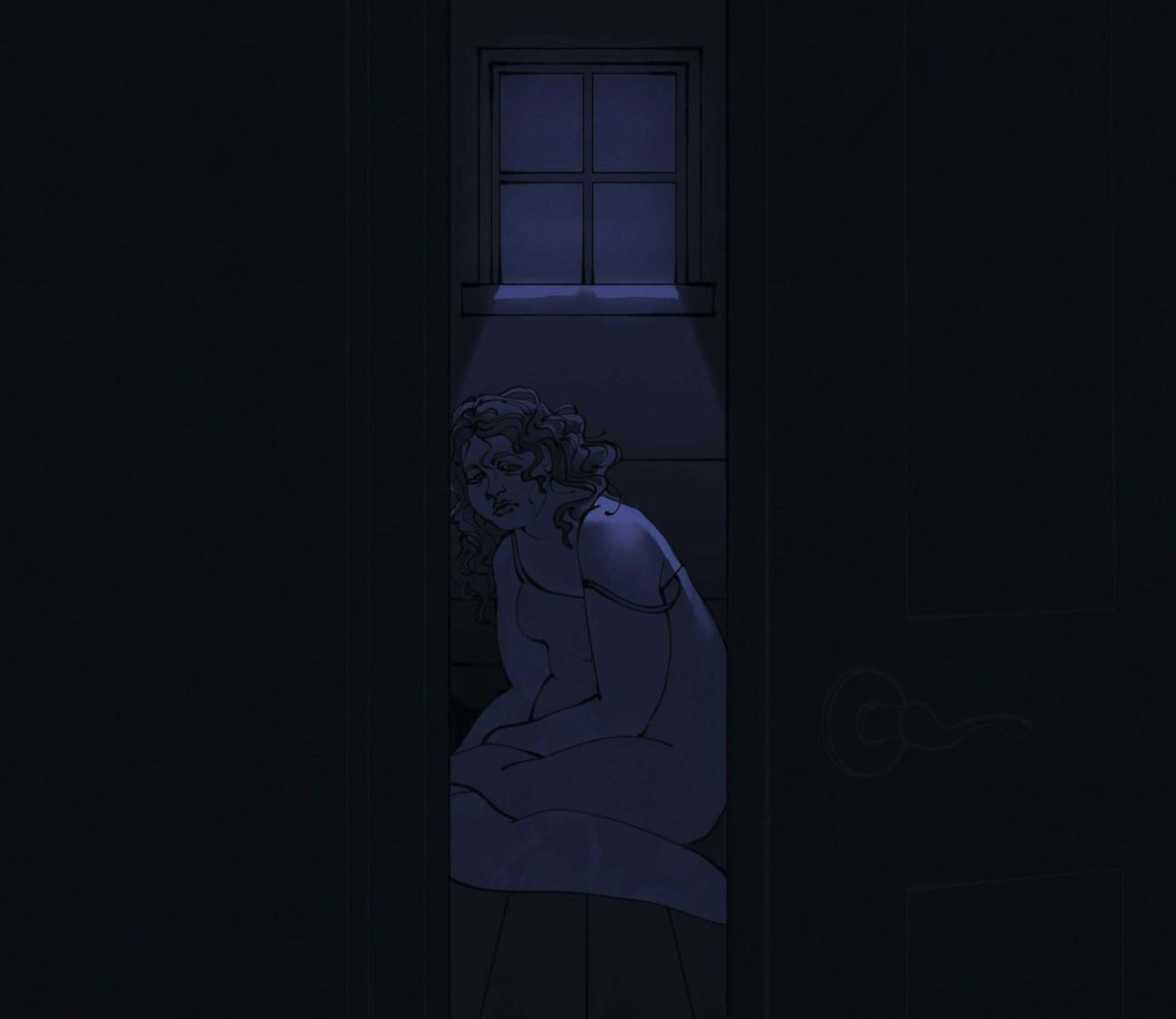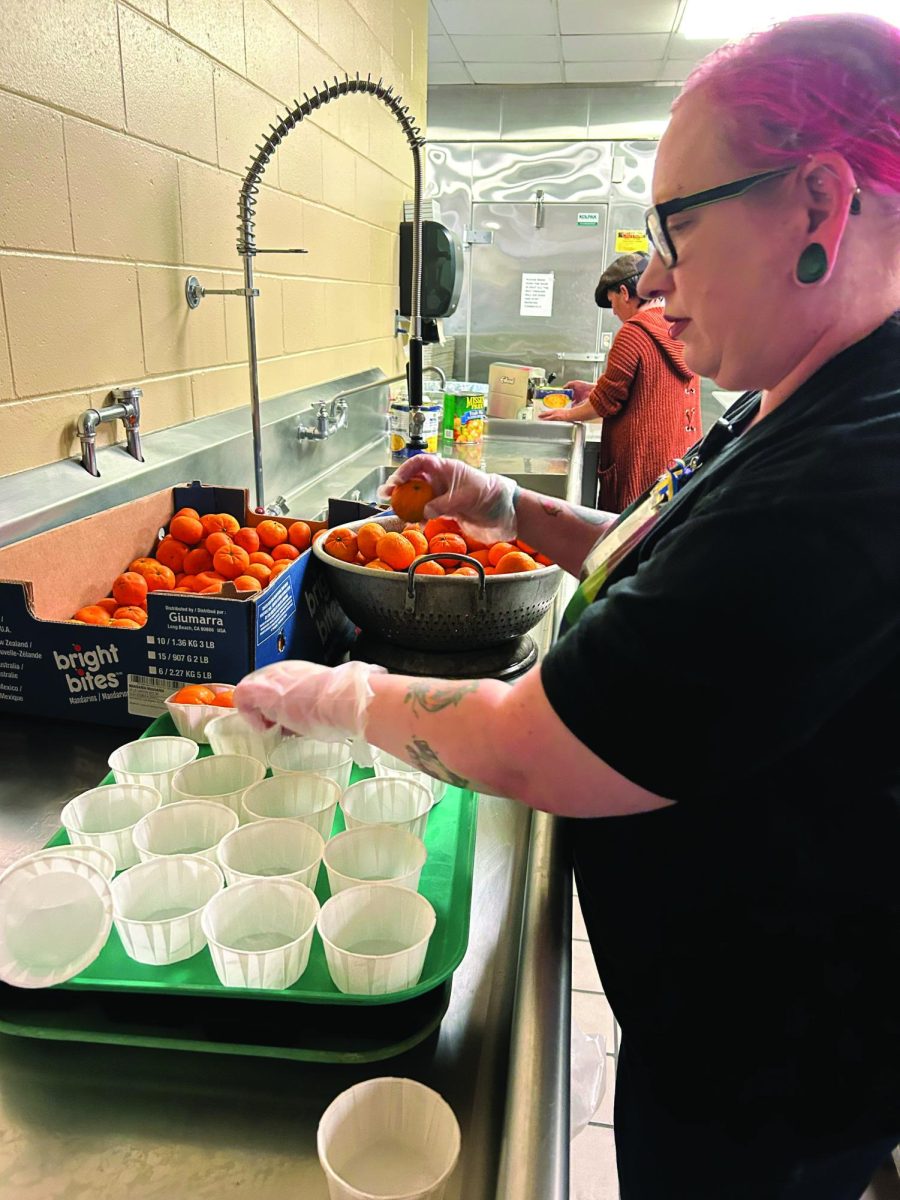If you’ve ever felt nostalgia for a time you never actually lived in, the word you’re looking for to describe that is anemoia. It’s not even in the dictionary yet, but apparently the yearning for a simpler, more romantic decade is so strong in our generation that we needed a word for it. And one of the things from the past that Gen Z-ers seem to romanticize the most is dating, more specifically, dating in the 1950s.
You can’t be on social media or have a conversation about current dating culture for long without hearing how negatively people feel about today’s teen dating – whether it be disdain for being left on delivered, “hookup culture” or just general lack of “old school romance” that you see in movies like “Grease” or “The Notebook.” And while we can all acknowledge that dating has dramatically changed over the last few decades, is it all really as bad as we think it is? First, let’s take a step back in time to compare how dating was in the ‘50s to how teens perceive dating today.
Some words Southeast students used to describe dating in the 1950s were “wholesome,” “thoughtful,” “straightforward,” and “yearning.” Initially, our minds might go straight to the idea that dating in the 50s was simple, honest and perfectly romantic, but that might not be completely true. Dating in that period was very strict, somewhat formal and only picture-perfect for a certain demographic. But that doesn’t mean that it was all bad – for the time, the 1950s were quite rebellious for teens, and some major changes occurred. While parents did have a large say in relationships, dating began to appear outside the house and women started to gain more power in relationships (relatively). Dating also gained more steps, such as “going together” (the looser term for a relationship) and “going steady” (being exclusive, rather than jumping into an engagement). Dating additionally became more of a social group activity. So, if dating was so perfect in the 50s (in theory), have the changes it has undergone since then been positive?
In the 1980s, quite a few aspects of dating were different from what they are now. According to Missy Noonan, former LSE choir teacher, the main difference is technology.
“When you wanted to talk to someone,” Noonan recalls from her dating experience, “you called them.”
Present-day dating, Noonan believes, is much quicker, where people get to know each other over text rather than talking face to face or spending time talking on the phone.
“I often wonder if a conversation is happening through text. . . There can be miscommunication or misreading someone’s words,” Noonan says. “I think it kind of detracts from the getting to know you and the relationship part of it.”
Some of Noonan’s favorite parts of dating in the 80s were about the social aspect. Specifically, she recalls that in the “flirting” stage of dating, you would ‘drag Main’ to catch someone’s attention.
“It was one big, like, loop, and you’d drag, and you were looking good because, you know, everyone was checking everyone else out from their cars. And we’d drag Main, and then, the McDonald’s parking lot was the loop before you’d go back, and so their parking lot was like flirting central. I mean, you hung out in the parking lot, and that’s how you’d, you know, you’d get to know people that way.”
Noonan also said that other highlights of her teen dating experience were hanging out in groups – “group dates” – and getting asked for your phone number (“that’s so thrilling”). She also recalls that “mixed tapes” were very valuable in relationships, and they felt very special because to make one, a person would have to take a lot of time to get all of the songs onto one tape, then write out all the song titles and decorate the tape as well. “I think dating in the ‘80s, in general, was slower and more intentional.”
Now, in the present day, we can agree that technology is the biggest change from 70 years ago to now. Instead of calling on a landline or chatting in a fast-food parking lot, a lot of dating happens on our phones, either through formal dating apps or through Snapchat quick-add. Southeast students describe today’s dating scene as “rushed”, “informal”, “inconsistent” and “careless”. In fact, in a poll of LSE students, ratings out of five stars went down when comparing dating in the 50s (average of 3.7 stars) to now (average of 2.3 stars). But opinions seem to be divided – some experts and students believe that the Gen Z dating scene is much better than older generations. So, what do people have to say about dating today?
According to a study by Axios in 2023, the use of dating apps amongst Gen Z is declining, and so is hookup culture (defined by the American Psychology Association as a culture of “brief uncommitted sexual encounters between individuals who are not romantic partners or dating each other”) as a result. Additionally, a 2025 article published by Lebanon Valley College with insight from their assistant professor of psychology, Dr. Jeremy Goshorn, points out that dating in 2025 is much more inclusive, not only based on race, gender, and sexual identity, but also in terms of mental health. The article states, “ultimately, Gen Z is redefining dating by prioritizing mental health, authenticity, and meaningful connections. Their willingness to discuss mental well-being, their shift toward organic interactions, and their openness to diverse relationship structures all point to a generation intent on navigating romance in a way that aligns with their values.” But the idea that teen dating today is trending away from hookup culture and toward meaningful, healthy relationships applies to the nation as a whole. What about here at Southeast?
Social worker Jess Moser has been at LSE for three years but has been a social worker for seventeen years. She has students come to her for many reasons, one of them being dating, where she has dealt with a multitude of problems from trust issues to social media drama. In her opinion, the overall change in dating from the 50s until now has been positive due to increase in “openness and acceptance,” but she acknowledges that evolutions in technology have also posed a challenge, and overall, she wishes that there was “less social media presence” in today’s teen dating.
Some students also share Moser’s opinion, including sophomore Madeline Monks. Monks believes that dating since the 1950s has improved, but there are still aspects of present-day dating that she isn’t a fan of. One thing that she pointed out is that teens, in her opinion, are dating earlier in life now than they were a few decades ago, which is something she disagrees with.
“I think you should wait to date,” Monks said. “You need to have some, like, emotional, and, like, intellectual maturity before you start dating. . .”
She also agrees with Noonan that technology has played a major part in changing today’s dating scene for teens. Monks, who is in a relationship, says that she focuses on prioritizing face-to-face interactions and talking on the phone to promote connection. However, not all people do this, and Monks believes that overall dating today is “a lot less connected.” She notes that “there are a lot fewer people going out… and having fun activities and learning what each other likes,” partially because technology allows people to be connected from their own homes and cell phones.
However, technology can be useful as well, in Monk’s opinion. “I think more people meet online than they do, like, in person, which is good [for] opportunities because you can meet more people.”
Overall, there might not be a consensus on whether or not today’s teen dating scene is a good one simply because everyone’s experiences are dramatically different. Some of us may long for a time when dating was simpler (or at least we think it was), while others might agree that technology today has made teen dating not only easier but also more accepting of all types or relationships. Either way, there are things professionals agree teens could work on. For example, Moser said that she wishes there was “more of an emphasis on healthy communication and emotional maturity,” specifically when it comes to “[expressing] feelings, [handling] conflict and [setting] boundaries.”








